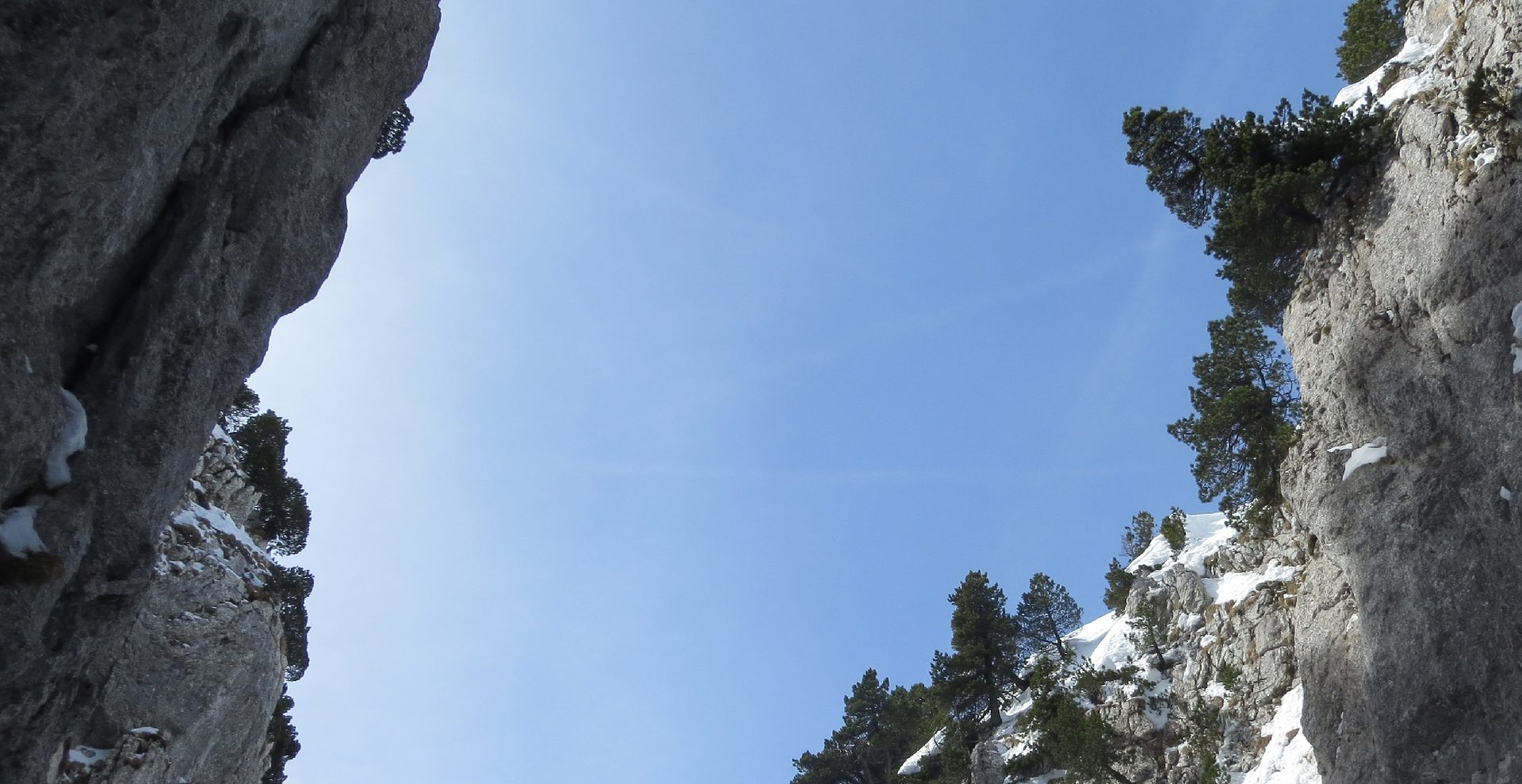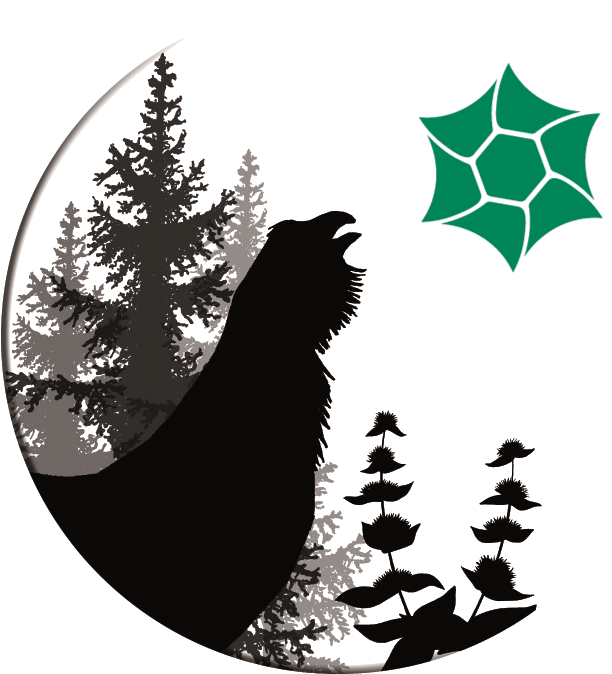 Canyon du Crêt de la neige
Canyon du Crêt de la neige(crédits photo : RNNHCJ)
Habitats
En raison de l’étagement altitudinal s’échelonnant du collinéen au subalpin, des influences climatiques variées, de la diversité des orientations et du contexte géologique et géomorphologique, la Haute Chaîne du Jura renferme de nombreuses formations végétales.
Trois grands types de milieux répartis en fonction de l’altitude :
- Les pelouses des bas monts sont enclavées entre les zones de bocage et la lisière inférieure des forêts du versant gessien. Ces pelouses sèches sont d’un grand intérêt écologique : elles accueillent de nombreuses orchidées, reptiles et passereaux.
- Les forêts se développent de l’étage collinéen à l’étage subalpin. Elles forment un massif forestier de premier ordre, sur les deux versants, qui couvre 70% de la surface. Tous les types forestiers du Jura sont représentés, avec des associations où dominent charmes, hêtres, érables, sapins, épicéas, pins. Les forêts d’altitude et les pré-bois montagnards constituent les habitats du Grand Tétras.
- De vastes zones de pelouses d’altitude se développent au-dessus de 1 400 m, au sud du Col de la Faucille, là où l’arbre peine à pousser. Étendues par les hommes à partir des pelouses sommitales, elles sont plus ou moins maintenues par le pâturage extensif des bovins (ou des ovins). Au nord du col, la forêt est largement dominante et laisse pointer une mosaïque de pré-bois et prairies.
D’autres milieux, d’étendue plus limitée jouent également un rôle important dans cette diversité :
- Les falaises, pierriers et éboulis abritent une flore et une faune très adaptées à des conditions de vie particulièrement exigeantes.
- Les milieux humides sont rares et dispersés, du fait de l’importance du karst sur la chaîne. Les mares, les sources, les tufières, quelques micro-tourbières de pente, les écoulements temporaires et les berges de la Valserine sont autant de micro-milieux du plus grand intérêt.
- Le milieu souterrain est largement développé, avec plusieurs gouffres et d’innombrables lésines qui absorbent les précipitations abondantes que reçoit cette montagne, mais il demeure encore très largement méconnu.

